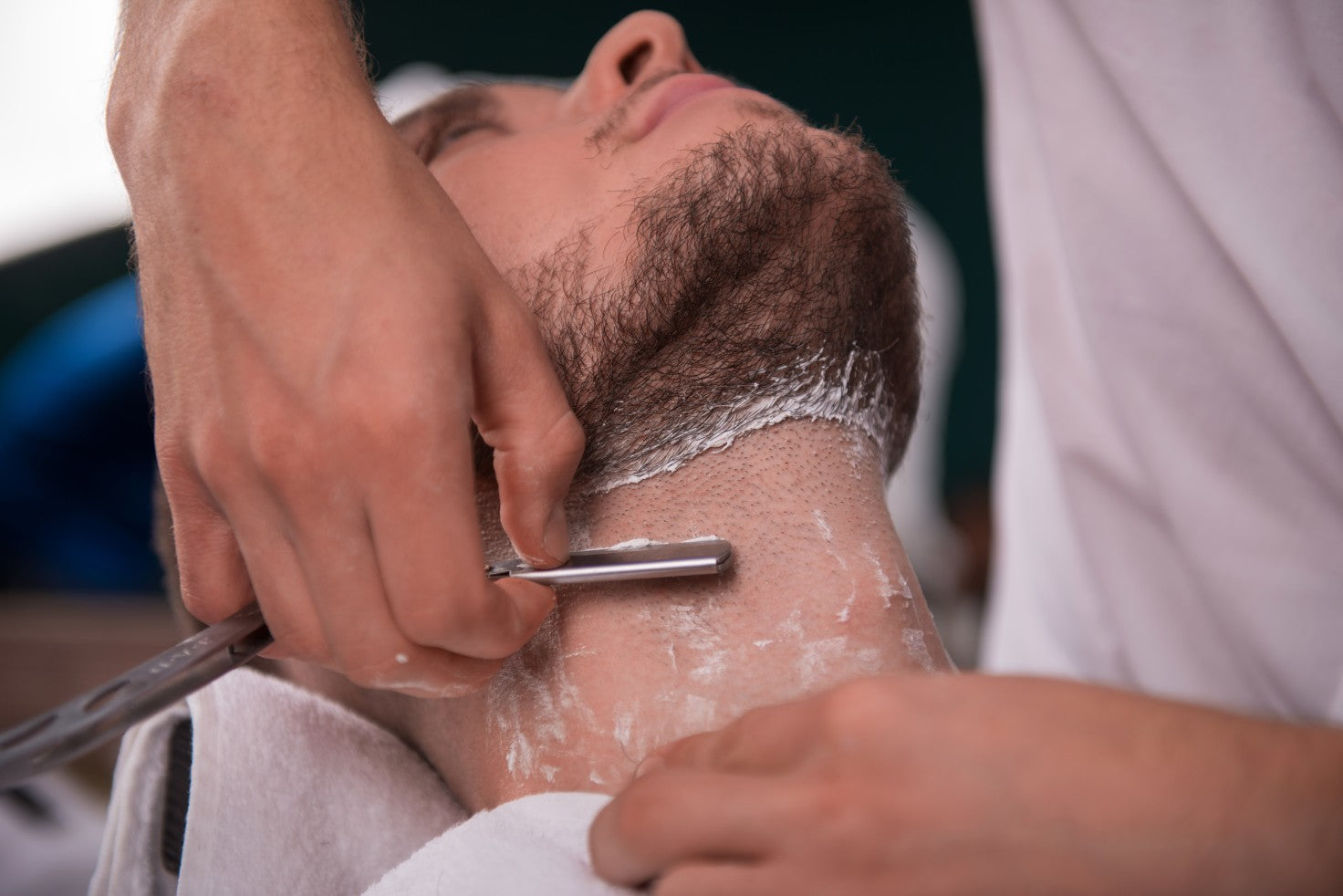What Should You Put on Razor Burn? | Shaving Remedies

If you’ve ever used a razor, chances are high that you’ve had to deal with razor burn at one point or another.
From shaving your face to any other body part, razor burn can range from being a mild inconvenience to fairly painful--and just like shaving cuts, it’s hard to avoid.
That said, there are several ways to get rid of razor burn, so we’re here to cover everything you need to know about razor burn today!
What is Razor Burn?

Credit: Tend Skin
Razor burn is simply when you get a rash after you shave, and can show up virtually anywhere on your body.
Your skin might be tender or burn, but you may also experience some itchiness. It’s important to note that razor burn is not the same thing as razor bumps, which we cover how to treat here.
The good news is that razor burn is temporary, and will often go away on its own in a few days, but it can still be very uncomfortable while it’s there.
Fortunately, there are several tips and tricks you can use as razor burn remedies. Many tips are based on anecdotal evidence, so experiment until you find the right fit for you.
Is Razor Burn Common
Before you feel like you’re the odd one out, know that virtually everyone experiences it at one point or another. If you shave, you’ll probably get it.
In fact, some people suffer from razor burn every time they shave, so don’t feel ashamed--just check out our tips to discover what you can use to cure razor burn!
What Should You Put on Razor Burn
1. Concealer
While this technically doesn’t help to soothe the discomfort from razor burn, it can play a crucial role in your overall strategy.
If you’ve shaved and your razor burn still looks unseemly, a concealer tool (which can be part of your skincare routine) can quickly cover it up so you can bring your A-Game.
2. Aloe vera
Aloe vera is one of the most popular options for cuts, scrapes, and burn, as it provides a very cooling effect, making it perfect for razor burn.
Plus, studies show that aloe vera plants’ enzymes can minimize your skin’s inflammation as well.
3. Coconut Oil
In addition to being antimicrobial, coconut oil is soothing and calming to the skin. It also provides extra moisture, which is perfect for after shaving.
On top of that, it smells great, and can be used all over your body as well!
4. Baking Soda Paste
While this may seem a bit weird, hear us out.
Just like aloe vera helps to cool your skin, so does baking soda. In addition, baking soda also has anti-inflammatory properties.
To make a paste, pour some baking soda into a bowl and add a few drops of water until a paste forms.
Carefully apply it to your razor burn and wait for it to dry out. After a few minutes, rinse it off and you’re good to go!
5. Cold Compress
A cold compress on a razor burn can help relieve the itching and stingy feeling you experience with a razor burn.
Just take a cool, wet compress (you can make one using a clean washcloth) and apply it to your face for a few minutes until the discomfort eases.
6. Warm Compress
Conversely, some people find that a warm compress helps more with razor burn. To each their own!
In that case, make a clean, warm compress by using a washcloth and running it under hot water (but not boiling!) and apply to your face.
7. Apple Cider Vinegar
Due to its anti-inflammatory and antiseptic properties, apple cider vinegar is a great option for itchy razor burn. That said, it can be quite smelly.
Start by diluting it, around 1 part vinegar to 1 part water. Dab it onto the razor burn, using either your clean finger or a cotton swab, then rinse after 10-15 minutes.
8. Oatmeal Bath
Since oats have phenols that are anti-inflammatory and also have antioxidant properties, this is a great option to relieve razor burn!
To make an oatmeal bath, mix ground oatmeal with some plain yogurt and a teaspoon of honey. Then, apply it to your burn and wait for it to dry. Once it’s dry, wash it off with warm water.
Final Thoughts
While razor burn can be a pain, trying out a combination of the above treatments to tackle razor burn will make shaving easier. Happy shaving!
References:
Libers, A. (2020). “What is razor burn?” Everyday Health. https://www.everydayhealth.com/razor-burn/guide/
McDermott, A. (2017). “10 ways to get rid of or prevent razor burn.” Healthline. https://www.healthline.com/health/how-to-get-rid-of-razor-burn
Surjushe, Amar et al. “Aloe vera: a short review.” Indian journal of dermatology vol. 53,4 (2008): 163-6. doi:10.4103/0019-5154.44785


Leave a Comment